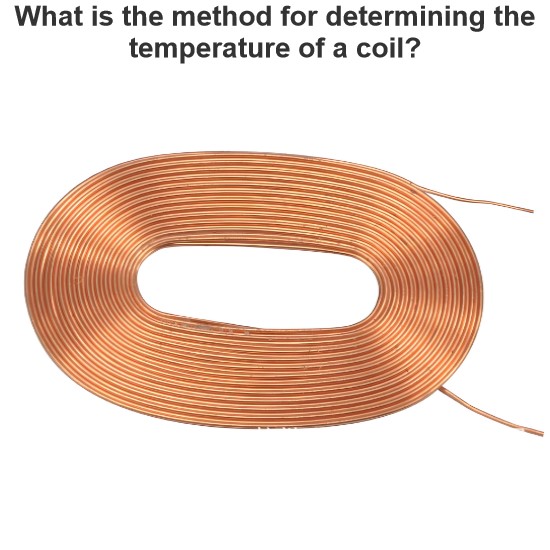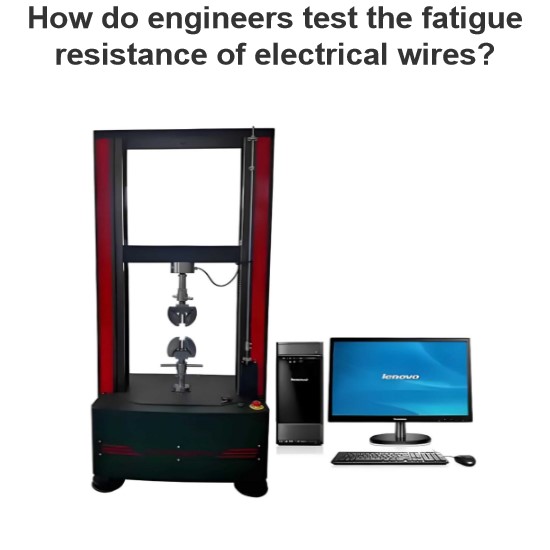Rankine Cycle: What is it? (Ideal vs. Actual + T-s Diagram)

What is the Rankine Cycle?
The Rankine Cycle is a mechanical cycle commonly used in power plants to convert the pressure energy of steam into mechanical energy through steam turbines. The Rankine Cycle’s major components include a rotating steam turbine, a boiler pump, a stationary condenser, and a boiler.
A boiler is used to heat the water for steam at the required pressure and temperature as per the turbine’s requirement for power generation.
The turbine exhaust is directed to the radial or axial flow condenser for condensing the steam to condensate and recycled back to the boiler through boiler pumps for heating again.
This might make more sense if we take a step back, and understand what a typical power plant cycle looks like.
Typical Power Plant Cycle
Electrical power is generated by using vapor cycle power plants by using Coal, Lignite, Diesel, Heavy furnace oil as a fuel depending upon the availability and cost. The flow scheme of the vapor power cycle is given below:
The entire power plant can be broken down into the following sub-systems.
Sub-system A: Classified as the main-components of power plant (Turbine, Condenser, Pump, Boiler) for power generation.
Sub-system B: Classified as the stack/chimney, from where the waste gases are exhausted to the atmosphere.
Sub-system C: Classified as an electric generator for converting mechanical energy to electrical energy.
Sub-system D: Classified as the cooling water system for absorbing the heat of the rejected steam in the condenser and changing the steam phase to liquid (condensate).
We will be analyzing the sub-system within this power plant cycle which deals with the Rankine cycle.
Many of the practical limitations related to the Carnot cycle can be conveniently overcome in the Rankine cycle.
Ideal Rankine Cycle
In a vapor cycle, if the working fluid in a vapor cycle passes through various components of the power plant without irreversibility and frictional pressure drop, then the cycle is called an Ideal Rankine Cycle.
The Rankine cycle is the basic operating cycle for all power plants where a working fluid is continuously changing its phase from liquid to vapor and vice-versa.

The (p-h) and (T-s) diagrams are useful in understanding the working of the Rankine cycle along with the description given below:

1-2-3 Isobaric Heat Transfer or Constant pressure heat addition in a boiler
The boiler is a large heat exchanger where heat liberating fuel like coal, lignite, or oil transfers the heat indirectly to water at constant pressure. Water enters the steam boiler from the boiler feed pump as a compressed liquid at state-1 and is heated to the saturation temperature as shown in the T-s diagram as state-3.
The energy balance in the boiler is or energy added in a steam generator,
qin= h3-h1
3-4 Isentropic Expansion or Isentropic expansion in a turbine
Vapor from the boiler outlet enters the turbine at state 3, where it expands isentropically over the turbine fixed and moving blade to produce work done in the form of mechanical rotation of the turbine shaft, which is connected to the electrical generator.
Work delivered by the turbine (Neglecting heat transfer with the surroundings)
Wturbine out= h3-h4
4-5 Isobaric Heat Rejection or Constant pressure heat rejection in a condenser
At state-4, vapor enters the condenser. The change of phase occurs as vapor is condensed to liquid at constant-pressure in the condenser by transferring the steam’s heat to the circulating water flow through the tubes of the condenser. Change of phase occurs in the condenser, and the working fluid leaving the condenser is in a liquid state and marked as point 5.
Energy rejected in the condenser, qout= h4-h5
5-1 Isentropic Compression or Isentropic compression in a pump
Water exits the condenser at state 5 and enters the pump. This pump raises the pressure of the water by imparting work during the processes. In units of smaller size and low specific volume, this small work can be neglected compared to the work-output of a steam turbine.
Work was done on the pump per kg of water, W51= h5-h1.
The thermal efficiency of the Rankine cycle is given by:

OR

Difference Between Ideal and Actual Rankine Cycle
The efficiency of the ideal Rankine cycle is close to the efficiency of the Carnot Cycle.
But in real plants, each stage of the Rankine cycle is associated with some irreversible processes. Thus the efficiency of the actual Rankine cycle is far lower than the ideal Rankine cycle efficiency.
Given below Fig. 1-a and Fig 1-b represents the Rankine cycle on P-v and T-s diagram
Rankine Cycle Representation is as follows on P-v and T-s diagrams: |
|
Ideal Rankine Cycle |
1-2‘-b-3‘-4‘-1 |
Actual Rankine Cycle |
1-2-b-3-4-1 |
Critical Point (CP) is in the curve’s center, as shown in Fig 1-a and 1-b above. The curved lines on the left side of the CP are saturated-liquid lines, and the region/area to the left of these lines are called sub-cooled liquid regions.
Similarly, curved lines on the right side of the CP are saturated- vapor lines and the region/area to the right of these lines are called super-heat vapor regions.
Energy Analysis of Ideal Rankine Cycle
All Rankine cycle components (boiler, turbine, condenser, and pump) are examples of a steady flow process and analyzed accordingly. The energy balance for the Ideal cycle is as follows:
Ideal Rankine Cycle Components |
Heat |
Work |
Boiler feed Pump Wpump-in |
 |
 |
Boiler |
 |
 |
Turbine |
 |
 |
Condenser |
 |
 |
Thermal efficiency of Ideal Rankine cycle |
 |
 |
Energy Analysis of Actual Rankine Cycle
The actual vapor cycle differs from the ideal Rankine Cycle as a result of irreversibility in various components. Two major factors of irreversibility are Fluid friction and heat loss.
Fluid Friction
It causes a major pressure drop in the boiler circuitry, the condenser, and the low-pressure piping circuit. Because of the fluid friction pressure drop in the boiler circuitry, the steam’s pressure leaving the boiler will be somewhat lower.
The steam has to be conveyed to the steam turbine via steam piping which also accounts for further pressure drop.
The steam that reaches the turbine stop valve will be at a lower pressure than that of the boiler discharge pressure, and the same is represented by 3’ (Fig-1a) in the actual Rankine Cycle instead of 3 in the Ideal Rankine Cycle.
If we don’t want to compromise on the turbine output, then we must compensate for the pressure drop/loss and restore the turbine inlet pressure to point 3 in Fig 1-a by increasing the boiler pump pressure sufficiently higher to compensate the losses/drop and in the process increasing the size of the pump and the requirement of input power.
The other reason for irreversibility is the loss of steam in steam in its transportation and malfunctioning of the steam traps.
Thus, to compensate for these losses, we need to generate more steam and that too much pressure for the desired rated power generation from the turbine, thus lowering the cycle efficiency.
Energy balance for the actual Rankine Cycle is as follows:
Actual Rankine Cycle Components |
Heat |
Work |
Boiler feed Pump Wpump-in |
 |
 |
Boiler |
 |
 |
Turbine |
 |
 |
Condenser |
 |
 |
Thermal efficiency of Ideal Rankine cycle |
 |
 |
While calculating the overall cycle efficiency, Turbine and pump irreversibilities need to be given due importance. For small units, usually pump work is negligible and can be neglected, but in larger units, pump work is appreciable and can’t be neglected like that.
Actual/Practical Rankine cycle is based on the deviation of flow in turbine and pressure requirement in the pump from the isentropic one and is defined as follows:
Where:
h2a Actual enthalpy at the pump exit
h4a Actual enthalpy at the turbine exit
h2s Ideal isentropic enthalpy at the pump exit
h4s Ideal isentropic enthalpy at the turbine exit
Other Factors of Irreversibility
Other factors responsible for the irreversibility of the actual vapor power cycle are:
Sub-cooling of condensate in the condenser
Losses associated with bearings
Steam leakages
Condenser air-leaks
Statement: Respect the original, good articles worth sharing, if there is infringement please contact delete.
Electrical4U is dedicated to the teaching and sharing of all things related to electrical and electronics engineering.




